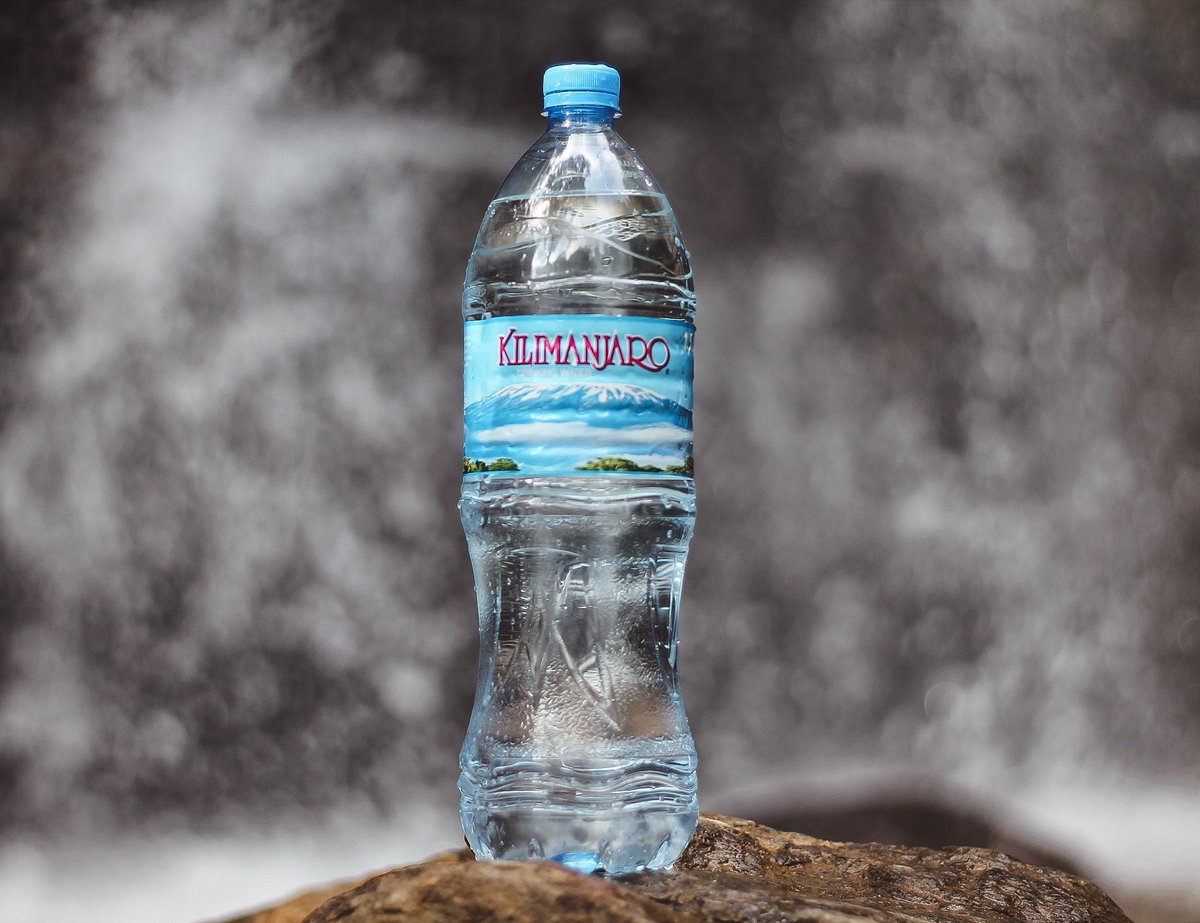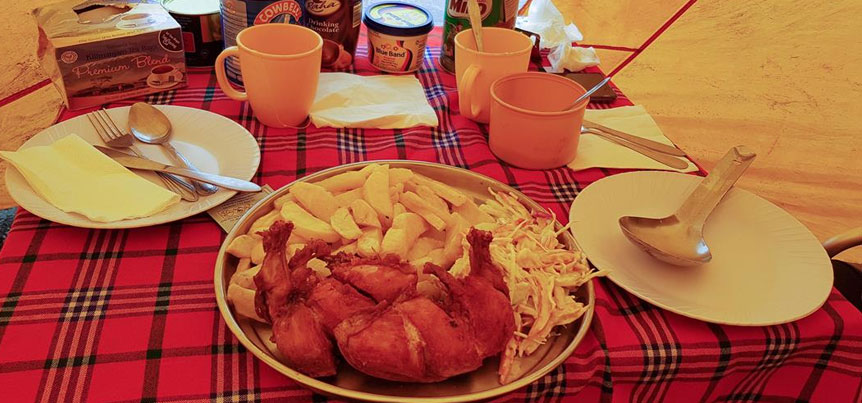Embarking on the monumental challenge of ascending Mount Kilimanjaro necessitates a profound understanding of acclimatization strategies. Altitude Sickness looms as a potential obstacle, making acclimatization a crucial component of a successful trek. In this comprehensive guide, we delve into the intricacies of acclimatization, placing an emphasis on safety, well-being, and the optimization of the ascent experience.
Start Kilimanjaro climbing low, as you go hike high and sleep low
Initiating the climb at an altitude below 10,000 feet sets the stage for a gradual acclimatization process. Choosing the path of walking over driving or flying allows the body to ease into the changing conditions. However, if circumstances dictate a rapid increase in elevation due to travel, spending a minimum of 24 hours at the initial stop becomes paramount before progressing to higher altitudes. This deliberate approach lays the foundation for successful acclimatization.
Navigating Kilimanjaro’s Elevation Gain with Deliberate Precision
Rather than relying on numerical increments, the journey upward should prioritize a sense of gradual progression. Incremental elevation gain, limited to a maximum of 1,000 feet per day, becomes a guiding principle. Integrate rest days into the itinerary, strategically aligning breaks for every 3,000 feet attained. This measured approach allows the body to adapt at its own pace, mitigating the risk of Altitude Sickness.
Ensuring adequate hydration stands as a fundamental pillar in the intricate dance of acclimatization. Water, the elixir of life, becomes an ally in the body’s endeavor to adjust to the shifting oxygen levels encountered during the ascent of Mount Kilimanjaro. Consuming a substantial 3 – 4 quarts of water daily transcends mere thirst quenching; it becomes a strategic measure in fostering optimal hydration.
The Role of Hydration in Oxygen Adaptation
As trekkers ascend to higher altitudes, the air becomes thinner, and oxygen levels decrease. Adequate hydration becomes paramount in this scenario, as water assists in the transportation of vital oxygen to cells and tissues. It acts as a facilitator in the body’s acclimatization process, ensuring that every cell receives the oxygen it requires to function optimally.
Hydration as a Defense Against Altitude-related Challenges
 Beyond its role in oxygen transport, proper hydration serves as a formidable defense against Altitude Sickness. Dehydration exacerbates the symptoms of altitude-related illnesses, making it crucial for trekkers to maintain a consistent and substantial intake of water. The more arduous the climb, the more vital this hydration regimen becomes in preserving the body’s equilibrium.
Beyond its role in oxygen transport, proper hydration serves as a formidable defense against Altitude Sickness. Dehydration exacerbates the symptoms of altitude-related illnesses, making it crucial for trekkers to maintain a consistent and substantial intake of water. The more arduous the climb, the more vital this hydration regimen becomes in preserving the body’s equilibrium.
Practical Hydration Strategies
Implementing practical hydration strategies is essential for trekkers navigating the diverse terrain of Mount Kilimanjaro. From the lush lower slopes to the arid, high-altitude zones, adapting hydration practices to the surroundings becomes imperative. Carrying a reusable water bottle, utilizing hydration packs, and setting regular reminders to drink ensure a consistent intake, contributing significantly to the body’s acclimatization resilience.
Nutrition
Fueling the Climb with Purpose
In tandem with hydration, the role of nutrition emerges as a crucial factor in the acclimatization equation. A deliberate dietary focus on carbohydrates, constituting over 70% of nutritional intake, transcends mere sustenance; it becomes a cornerstone in fueling the body’s journey up the formidable slopes of Mount Kilimanjaro.
Carbohydrates; The Engine of Energy and Adaptation
Carbohydrates, often referred to as the body’s preferred energy source, take on heightened significance in the context of high-altitude trekking. As trekkers ascend, the demand for sustained energy becomes more pronounced. Carbohydrates, found in foods like grains, fruits, and vegetables, serve as the primary fuel for physical activity, enabling the body to tackle the challenges posed by changing elevations.
The Adaptive Power of Nutritional Emphasis
Beyond merely providing energy, the emphasis on carbohydrates in the diet plays a pivotal role in the body’s adaptive response to altitude-induced stress. Carbohydrates contribute to maintaining stable blood sugar levels, preventing the fatigue and lethargy that can accompany altitude-related challenges. This nutritional strategy becomes a key ally in the body’s acclimatization efforts, enhancing overall resilience.
Synergizing Hydration and Nutrition: A Holistic Approach
The interplay between hydration and nutrition paints a nuanced picture of the holistic approach required for successful acclimatization on Mount Kilimanjaro. Trekkers are encouraged not only to view these elements in isolation but to recognize the synergistic relationship between maintaining optimal fluid balance and fueling the body with purpose.
The Art of Personalized Hydration-Nutrition Balance
Every trekker’s body is a unique canvas, and the art lies in understanding and adapting hydration and nutrition practices to individual needs. Monitoring personal hydration levels, adjusting water intake based on exertion and environmental factors, and incorporating a diverse range of carbohydrates into the diet all contribute to a personalized strategy for acclimatization success.
Educating and Empowering Trekkers
An integral part of this holistic approach involves educating trekkers about the dynamic interplay of hydration and nutrition in the acclimatization process. Empowering individuals with the knowledge to make informed choices regarding water intake and dietary preferences not only enhances their trekking experience but also fosters a sense of self-reliance in the face of altitude-induced challenges.
Nourishing the Journey, One Sip and Bite at a Time
 The journey to conquer Mount Kilimanjaro is not just a physical ascent but a holistic experience that demands an understanding of the body’s intricate needs. Hydration and nutrition, when approached with intentionality, become allies in the acclimatization journey. Trekkers who embrace the significance of these elements, customizing their practices to the demands of the terrain, elevate their chances of a successful and fulfilling expedition. So, let every sip and every bite be a conscious step toward conquering not only the peak but the nuanced challenges of altitude with grace and resilience.
The journey to conquer Mount Kilimanjaro is not just a physical ascent but a holistic experience that demands an understanding of the body’s intricate needs. Hydration and nutrition, when approached with intentionality, become allies in the acclimatization journey. Trekkers who embrace the significance of these elements, customizing their practices to the demands of the terrain, elevate their chances of a successful and fulfilling expedition. So, let every sip and every bite be a conscious step toward conquering not only the peak but the nuanced challenges of altitude with grace and resilience.
The Rhythmic Dance of Breath at High Altitudes
In the thin air of higher altitudes, the rhythm of breath takes on added significance. Encouraging deep, intentional breathing while ascending the mountain optimizes oxygen intake. This simple yet effective technique becomes a companion in the acclimatization journey, promoting respiratory efficiency and reducing the vulnerability to Altitude Sickness.
Symptom Recognition as a Skill
Altitude Sickness often signals its presence through subtle symptoms. Cultivating the skill of early recognition becomes imperative. Trekkers should remain attuned to the nuanced signs, allowing for timely intervention to prevent the escalation of the condition. In the dynamic landscape of high-altitude environments, heightened awareness serves as a potent tool for proactive health management.
Lifestyle Choices: A Balancing Act
To enhance acclimatization, certain lifestyle choices should be reconsidered. Abstaining from alcohol, tobacco, and depressant medications like barbiturates, tranquilizers, or sleeping pills becomes a conscious choice. These substances, with their potential to exacerbate altitude-related issues, can impede the body’s natural acclimatization process.
Oxygen as a Lifeline for Kilimanjaro Climbing
Carrying an ample supply of oxygen tanks stands as a practical measure for trekkers venturing into high altitudes. Ensuring these tanks are sufficient for the entire duration of the ascent becomes a logistical priority. Individuals with a heightened risk of anemia should engage in dialogue with their physicians, exploring the potential benefits of iron supplements to support optimal blood oxygen levels.
Acclimatization on Mt Kilimanjaro; The Tapestry of a Successful Ascent
The art of acclimatization weaves itself into the fabric of a successful Mount Kilimanjaro ascent. Trekkers who delve into the nuances of this process, prioritizing gradual elevation gain, proper hydration, and heightened awareness, set the stage for a fulfilling and enriching expedition. Beyond conquering the physical challenge, the mastery of acclimatization transforms the ascent into a holistic journey of self-discovery and resilience.
By adopting a holistic approach to acclimatization, climbers not only mitigate the risk of Altitude Sickness but also enhance their overall well-being on the awe-inspiring slopes of Mount Kilimanjaro. The journey becomes not just a conquest of a majestic peak but a testament to the harmonious synergy between human adaptability and the formidable forces of nature.

